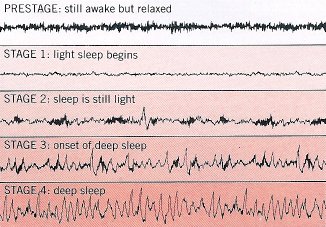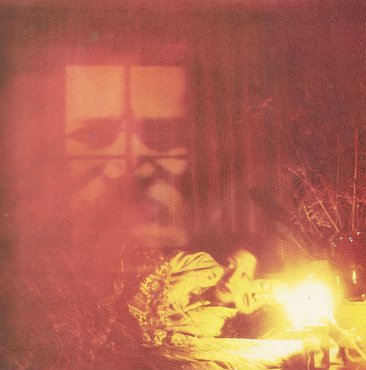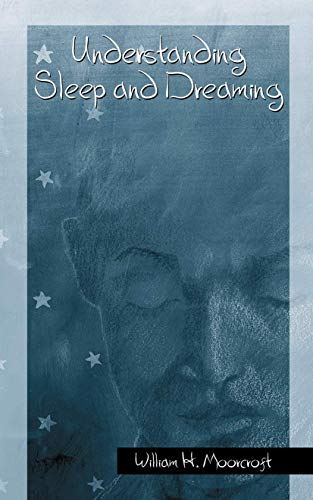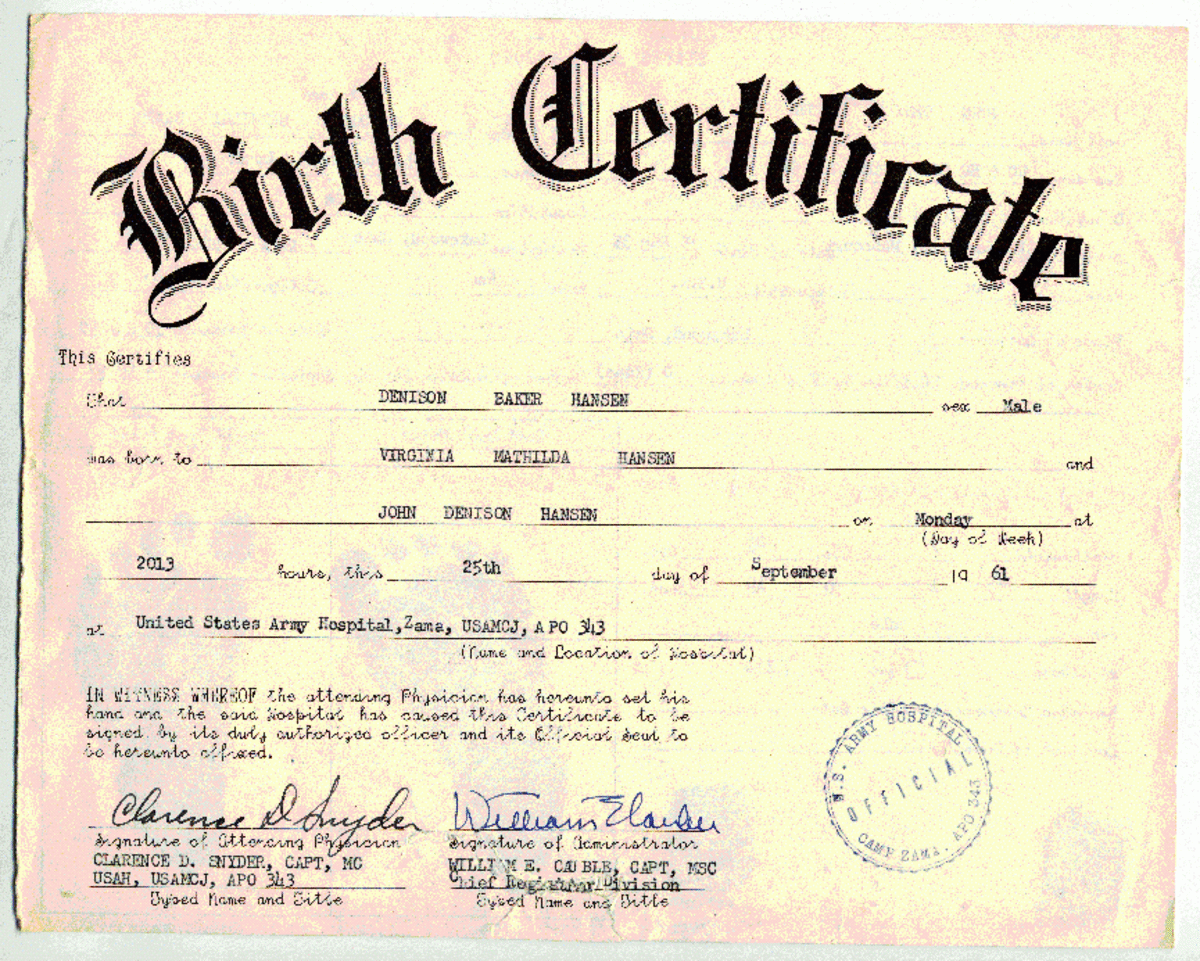What is Sleep and How Do We Dream?
What is sleep?
For William Shakespeare, sleep was "the death of each day's life." Another English literary giant, Samuel Johnson, once described it as "irresistible stupefaction." Far less eloquent but much more clinical is the definition provided by the Oxford Dictionary: a "natural recurring condition of suspended consciousness, with the eyes closed and the muscles relaxed."
It is a natural recurring condition in which we will each spend approximately one-third of our lives, because common sense and experience tell us that we have to sleep in order to function well, but whose precise purpose in our lives has still not been scientifically established.
Perhaps the most intriguing theory about sleep is that of sleep researcher Nathaniel Klietman, who, in the 1950's, proposed that sleep is our natural condition and we must be stimulated into wakefulness by sensory experiences and muscular activity. Without such stimulation, we would stay asleep.

Why we need sleep
In general, the brain needs regular periods of sleep to continue making decisions or judgements and carry on other thinking processes. Experiments have shown that a lack of sleep does not necessarily impair physical activity or skills--but it does hinder concentration. People become increasingly vague the longer they go without sleep, eventually suffering from hallucinations--literally dreaming with their eyes open.
As I have already mentioned, the exact reason why this should be so remains somewhat mysterious, but researchers theorize that sleep may be the time when the growth of some kinds of cells speeds up, new hormones are released, and the body purges itself of the chemical by-products accumulated during waking hours.
In some ways, regular periods of sleep also seems to strengthen our capacity to remember.
The activity of sleep
As anyone who has ever had difficulty knows, falling asleep is a complicated and extremely active process. However, when it happens, it happens rather suddenly, in the sense that one moment we are technically awake (however sleepy) and the next, we are fast asleep. Current research suggests that exactly when and for how long we sleep is controlled by the brain stem, while structures in the limbic area of the brain regulate the cycles and stages of sleep.
When asleep, neither the body or brain are completely 'dead to the world' or unconscious. The body is kept going by the activity of the autonomic nervous system, which controls the essential 'life support systems' of the heart, digestion, cell repair and replacement and so on, which continue during sleep. The senses also continue to be active to a certain degree: when the alarm goes off, a part of your brain registers the sound and responds to the stimulus, sometimes dragging you unwillingly from sleep.
Another part of the brain allows us to ignore regular noises, like cars outside or mild rainstorms. In this way, even while asleep, the brain selects the intake of stimuli and lets us respond to some, but not to all. This is why a mother can be woken by her small baby crying to be fed at 2 am, while other people in the house--even the baby's own father--will not be disturbed.
The meaning of a sleeper's brainwaves

Cycles and stages of sleep
This activity of the brain during sleep generates electrical impulses which can be measured and recorded as oscillating lines, or waves, by an EEG, or electroencephalograph, machine. By studying the brainwaves and other data collected from sleeping subjects, researchers now know that there are two distinct, but equally important, types of sleep, each of which has two names, and which 'cycle' three to five times during a typical eight hours sleep.
The first type, known as orthodox or non-rapid eye movement (NREM) sleep, is characterized by fairly distinct and predictable brainwave patterns, and occurs in four stages:
Stage 1 can last between 10 seconds and 10 minutes, and is a transitional period between wakefulness and sleep, where you could easily be woken.
Stage 2 lasts from 10 to 20 minutes and is characterized by a reduction in muscle tension, heart rate and respiration.
Stage 3 is a brief transitional period toward Stage 4 sleep, with a distinct change and reduction in brainwave activity.
Stage 4 is deep sleep and is sometimes referred to as "delta sleep" because of the big, slow delta brainwaves that occur during this sleep stage. Delta sleep is the regenerative period where your body heals, repairs, grows and restores itself.
Each NREM sleep cycle is followed by 5 to 35 minutes of the second type
of sleep which, because of its 'contradictory' nature, is known as
paradoxical or rapid eye movement (REM) sleep. Although it is not the
only time we dream, REM sleep appears to be when we dream most vividly,
and if awakened during this sleep stage, will remember our dreams most
clearly.
During REM sleep, our eyes move rapidly up and down and
from side to side, although our eyelids remain closed, and an EEG
registers intense brain activity. Simultaneously, and rather curiously,
our arms, legs, and trunk are usually paralyzed. How the brain produces
this paralysis is still unclear, but being immobilized during REM sleep
prevents us from 'acting out' the events in the dream world and
inadvertently causing harm to ourselves and others. It also explains
those horrible sensations which frequently characterize vivid dreams
and especially nightmares; when you want to scream but can't or you try
to run but remain rooted to the spot.
After the first period of
REM sleep, you head back to Stage 2 NREM sleep, and this cycle repeats
every 90 minutes or so, although all four stages of NREM sleep usually
occur only during the early hours of the night and Stages 4, 3 and even
2 may be skipped toward morning.
"Dreaming permits each and every one of us to be quietly and safely insane every night of our lives."
- Charles Fisher, M.D.
The Senses of Animals and Men

How do we dream?
Understanding how we dream is actually a by-product of understanding two other important facets of the dreaming state; what dreams are and what they are for. So what are dreams exactly? Dreams are a product of the unconscious mind which, rather ironically, are best understood by considering what happens when the mind is wide awake - that is, conscious; and we daydream. You could be out shopping, doing some light gardening or washing dishes in a perfectly ordinary way, but your thoughts start to wander on their own. Perhaps you go over what happened last night, or more often, what you hope will happen in the future. Sometimes these daydreams become quite divorced from reality; people imagine themselves relaxing on Caribbean beaches or married to millionaires. While it lasts, a daydream seems vivid and true, but when you 'snap out of it' it is easy to forget.
A somewhat similar process occurs in dreams which take place during sleep. Each night, after the lights go out, the conscious, controlling part of the mind relaxes and a submerged layer of thoughts, ideas and feelings wells up. Because this part of the mind is not dominated by reason and reality, it describes things in its own direct way, using word-pictures and seemingly irrational chains of connections. This is why in dreams people do impossible things or shift quickly from scene to scene. But no matter how extreme they are, our sleeping minds always accept these hallucinations as normal. After all, they are 'only dreams'.
This 'alternative reality' of dreams is very important. Allied to it is the fact that dreams happen entirely of their own accord, and we cannot make them happen or control their contents.
What dreams are for
Basically, dreams are the method by which the unconscious mind sifts and sorts experiences. During sleep, the unconscious (or subconscious) part of the mind processes a vast jumble of material--new facts, situations, past experiences, unresolved worries, fears, desires, and much more. Then, in its own unique style, it presents a visual and emotional image to you--a dream. Perhaps you have a problem that you are consciously avoiding thinking about, but it is still there and may well present itself in a dream. Sometimes, a dream will even offer a possible solution to the problem. Of course, not all dreams are problem-solvers, but they are a representation of some part of your life--often that part with which you cope least successfully.








